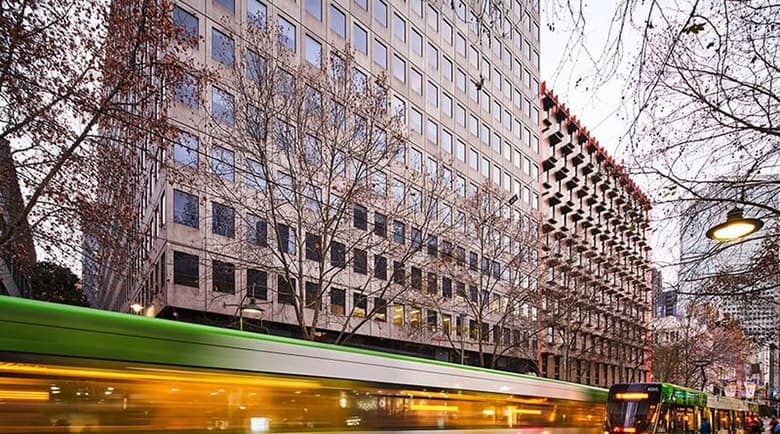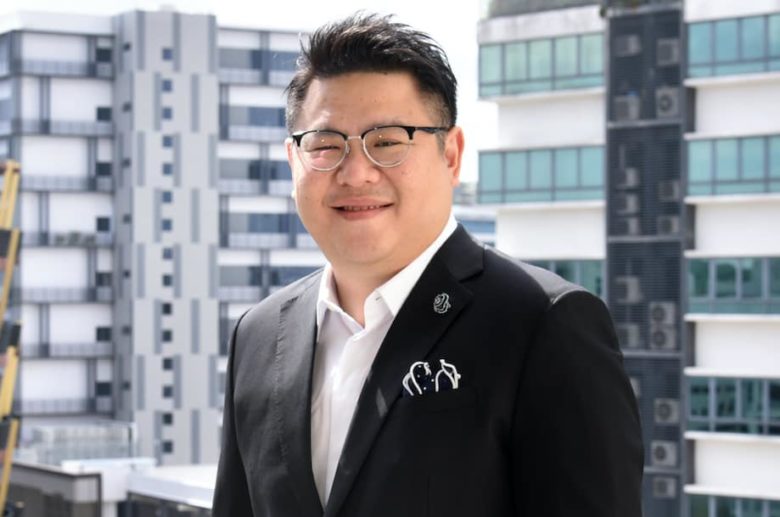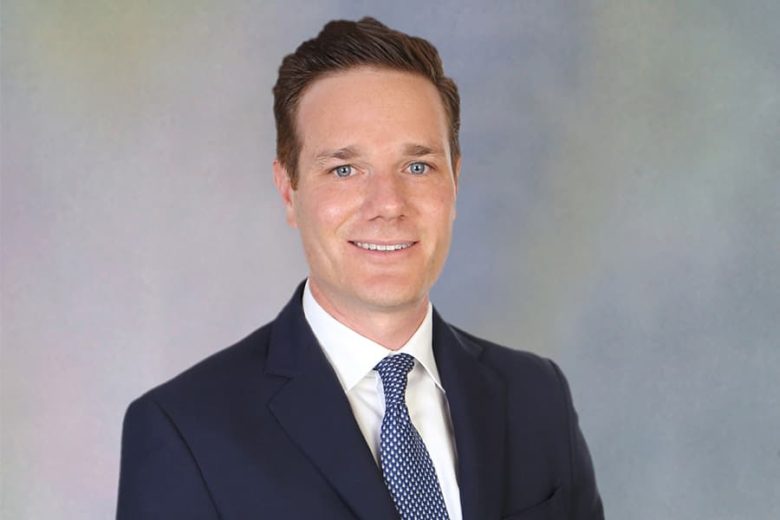
BPEA, SLB and Futuro have now unified 235-251 Bourke Street
Hong Kong’s Baring Private Equity Asia (BPEA) has teamed up with a Singapore-listed developer to back an A$206 million ($159.5 million) consolidation of a commercial building in central Melbourne.
BPEA, together with Matthew Ong’s SLB Development and local partner Futuro Capital, recently closed on the purchase of the Tivoli Arcade shopping plaza at 235-251 Bourke Street in Melbourne for A$73 million, according to sources familiar with the transaction, which was first reported in the Australian Financial Review.
The deal allows the partners to unify the strata-title freehold asset, after the three-country partnership had purchased the 14-storey office portion of the property from RMIT University last September for A$133 million in a sale-leaseback arrangement.
“We have seen a rapid return of capital to the Australian market, pursuing stable Australian office investments,” said Stuart McCann, head of international capital for Pacific and Southeast Asia at CBRE, which handled the office sale alongside local agency Gross Waddell. With both Asian and domestic players re-entering the market, McCann said first-quarter activity for his team was “nearly double that of 2020 and indicates to us that liquidity for high-quality offerings are now back in-line with pre-COVID levels”.
The Melbourne acquisition comes just over a month after Singapore-listed Ho Bee Land paid $81 million to snatch up two housing projects in Melbourne and a third in Queensland, as Asian investors continue to target Australian property opportunities in a recovering market.
Upgrade Opportunity
The acquisition of Tivoli Arcade adds 6,000 square metres (64,583 square feet) of lower floor retail and car park space to the 23,000 square metres of office which the partners acquired last year, to create a 29,000 square metre value-add opportunity along one of Melbourne’s busiest streets.

Matthew Ong, chief executive of SLB Development
“We are delighted to have now secured the freehold strata building, which has significant potential for further development and rental reversion, with a long-term lease in place with RMIT,” Futuro director Ben Hopkins told the AFR. The university is said to be leasing the office portion of the property, which serves as its city-centre campus, for the next five years.
The seller of the retail element of the 1970s-era complex was Venton International, described by market sources as a vehicle held by a high-net-worth Asian private investor. For the office element, the new owners paid the equivalent of A$5,783 per square metre to acquire the property, which sits directly across the street from a Target shopping centre and a short walk from the Bourke Street Mall.
BPEA, which is understood to have provided 80 percent of the capital for the investment, expressed confidence in the ongoing importance of office environments to successful businesses while noting the rapidly improving occupancy in Australia’s major urban business districts.
Sydney-based Futuro is a venture formed in 2019 by Hopkins, who previously represented Singapore-listed developer Roxy Pacific in Australia, and longtime property developer Phillip George. The startup firm is understood to have sourced the deal and will act as the asset manager.
Futuro is believed to be retaining a stake of less than 10 percent of the aggregated asset, with SLB holding a minority stake as a financial backer.
Second City Beckons
Melbourne stands out as a good value per square metre, CBRE’s McCann said, noting that many groups are underweight in Melbourne compared with Sydney.

Stuart McCann of CBRE
Despite starting the campaign at the height of Melbourne’s COVID-19 lockdown period, CBRE and Gross Waddell, which jointly marketed the office element of the property, received 20 bids for the asset, with Futuro ultimately triumphing over local institutions and private equity players at a price reflecting a commencing yield of 6 percent.
The agency sees Melbourne office assets remaining sought-after as offshore capital becomes increasingly comfortable utilising the on-the-ground expertise of local managers.
“With a low-interest rate and low-return environment expected to continue in the medium term, the investment market is likely to remain buoyant, as a substantial weight of capital competes for a limited number of core assets,” said Gross Waddell partner Danny Clark.

BPEA managing director Paul Gately joined the firm in 2019.
BPEA stated confidence in the outlook for Australia’s real estate sector with the firm understood to be actively exploring the potential for more deals Down Under. In addition to its Australian office holdings, the private equity fund manager also has investments in Japanese hospitality assets as well as logistics and office holdings in mainland China.
SLB Heads Down Under
For SLB boss Matthew Ong, the acquisition is a trip back to Melbourne after Lian Beng Group, the construction and property firm controlled by his family, sold off the last of its three Melbourne properties more than three years ago.
The group closed on the A$90.2 million sale of the office building at 50 Franklin Street in the Victorian state capital in 2018, after selling off two Melbourne properties the previous year.
“We are glad to be invested in Melbourne after more than three years away,” Ong said in a LinkedIn post today.
The Aussie deal comes after Ong and Catalist-listed SLB picked up a pair of Singapore properties in recent months, including agreeing to pay $83 million to acquire the Thye Hong Centre industrial building in Bukit Merah district last September.
With quality assets seldom reaching the market in Singapore, the city’s cashed up investors and fund managers have made frequent appearances on the Aussie scene.
The country’s sovereign wealth fund, GIC, put up 80 percent of the equity for a joint venture with Hong Kong-listed ESR to purchase a $2.9 billion Australian logistics portfolio from Blackstone just over a week ago.
And last month, Mercatus Co-operative, an investment firm controlled by Singapore’s NTUC trade union federation, teamed up with Australia’s Dexus to buy a 33.3 percent stake in 1 Bligh Street, a 29-storey building in Sydney’s core financial precinct, for $288.1 million.
(Note: This story has been updated to show that the office asset traded at the equivalent of A$5,783 per square metre. An earlier version indicated A$5,783 per square foot. Mingtiandi regrets the error.)
Leave a Reply